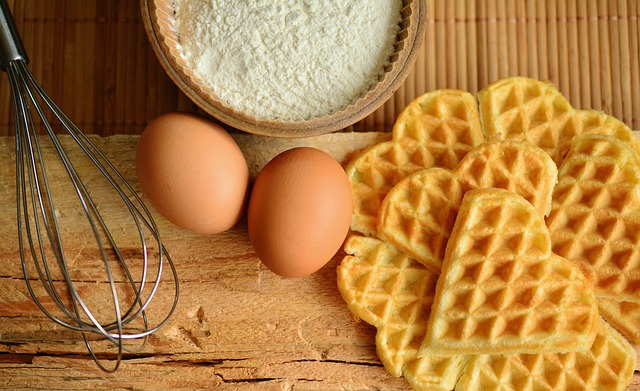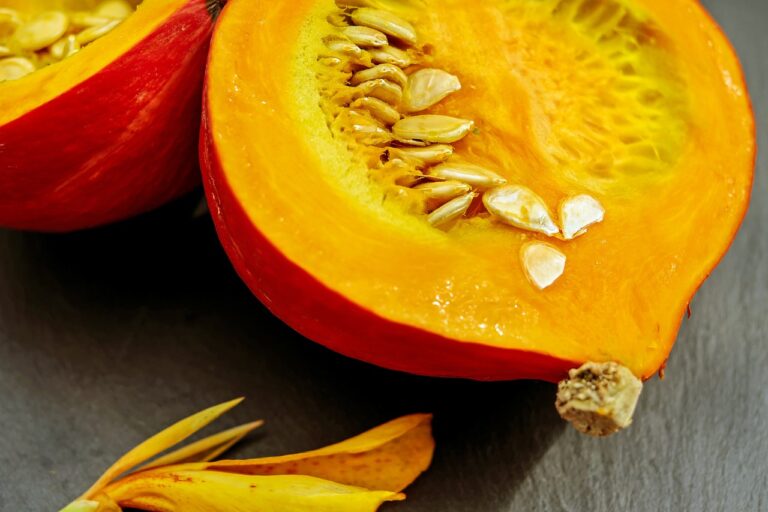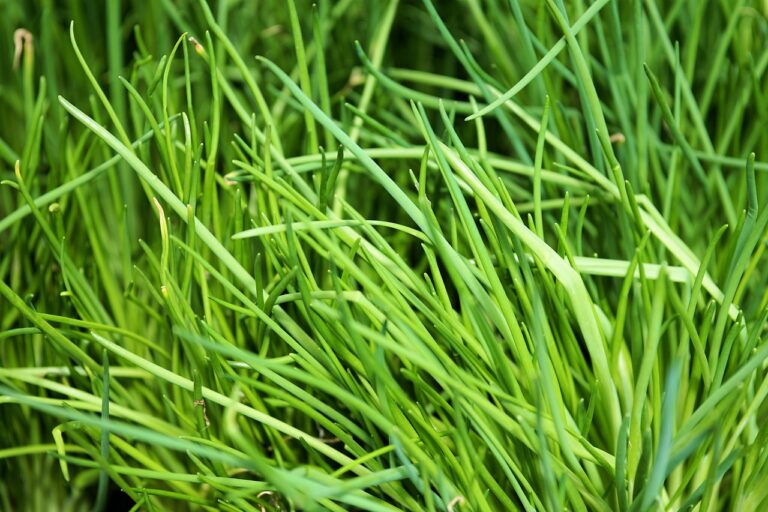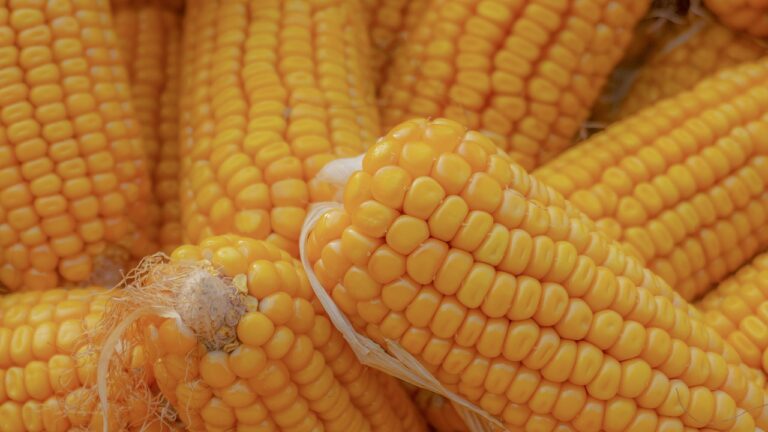Precision Agriculture: Optimizing Resource Use and Environmental Sustainability in Farming
Traditional farming methods face a multitude of challenges in today’s agricultural landscape. One of the primary obstacles is the heavy reliance on manual labor, which can be time-consuming and physically demanding. This can lead to inefficiencies in crop production and ultimately impact the overall output of the farm.
Additionally, traditional farming methods often lack the precision and accuracy that modern technologies provide. The lack of precise monitoring and data collection can result in poor decision-making processes related to crop management, irrigation, and pest control. This can lead to wastage of resources and lower yields, putting traditional farming methods at a disadvantage in comparison to more advanced agricultural practices.
Benefits of Precision Agriculture
Precision agriculture offers farmers a myriad of advantages. By utilizing advanced technologies such as GPS, drones, and sensors, farmers can optimize their resources efficiently. This results in increased productivity and better yields, ultimately leading to improved profitability for farmers.
Moreover, precision agriculture allows farmers to make data-driven decisions regarding field management. With real-time information on soil health, moisture levels, and crop conditions, farmers can tailor their actions to specific areas within their fields. This targeted approach minimizes waste and ensures that resources like water, fertilizers, and pesticides are used most effectively.
Technologies Used in Precision Agriculture
One of the key technologies used in precision agriculture is GPS (Global Positioning System). GPS allows farmers to accurately map their fields and track the movement of machinery, enabling precise planting, fertilizing, and harvesting. This technology also helps farmers optimize the use of resources and minimize waste.
Another important technology in precision agriculture is drones. Drones equipped with cameras and sensors can provide real-time data on crop health, soil conditions, and pest infestations. This information allows farmers to make informed decisions and target specific areas for treatment, leading to increased efficiency and higher yields.
GPS (Global Positioning System) allows farmers to accurately map fields and track machinery movement
GPS enables precise planting, fertilizing, and harvesting
GPS helps optimize resource use and minimize waste
Drones equipped with cameras and sensors provide real-time data on crop health, soil conditions, and pest infestations
Drone data allows for informed decisions and targeted treatment of specific areas
Drones lead to increased efficiency and higher yields in precision agriculture
What are some challenges in traditional farming methods?
Some challenges in traditional farming methods include inefficient use of resources, lack of data-driven decision making, and manual labor-intensive processes.
What are the benefits of precision agriculture?
Precision agriculture offers benefits such as increased crop yields, reduced input costs, enhanced sustainability, and improved decision-making through data-driven insights.
What are some of the technologies used in precision agriculture?
Technologies used in precision agriculture include GPS guidance systems, drones, sensors, automation, data analytics software, and satellite imagery.
How does precision agriculture help in sustainable farming practices?
Precision agriculture enables farmers to optimize resource use, reduce environmental impact, and make more sustainable decisions based on data insights, leading to long-term benefits for the environment and society.







